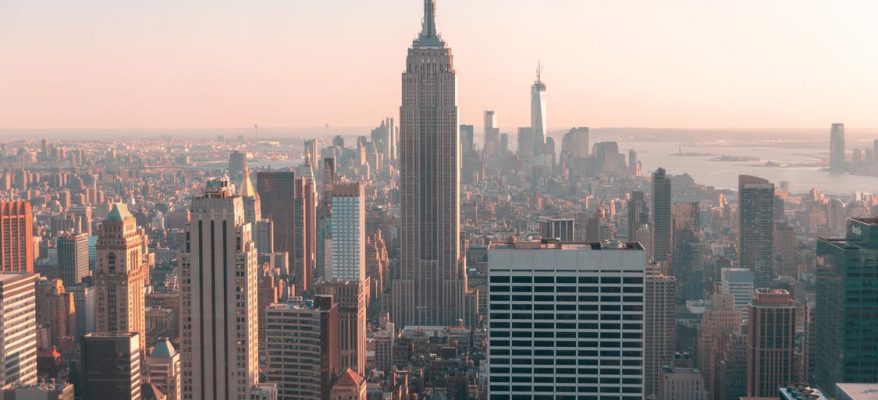NYC Buildings Are Becoming More Energy-Efficient
The urgency to combat the challenges of climate change and environmental deterioration has increased every country’s need for sustainable design solutions, legislations, and policies. While many administrations are stepping on a path to sustainability, New York City has been an evident leader in green energy policies and practical implementation.
In fact, by controlling two-thirds of its total emissions, it has become the most energy-efficient city in the United States. The Urban Green Council released its 2020 Energy & Water Use Report last year, indicating a 35% reduction in greenhouse gas emissions in the city through energy efficiency.
According to this report, the city achieved 25% of energy efficiency by using cleaner fuel sources. In comparison, 40% of its energy efficiency resulted from an improved electricity grid and supply system.
Read on to learn how NYC buildings are becoming energy-efficient every year.
Greener Buildings for Building Energy Grades
One of the reasons why most NYC buildings are employing environmentally sustainable site design services is building energy grades. These were introduced in 2018 by the 33rd Local Law, enabling an open comparison between all buildings’ energy consumption in the city.
A higher building energy grade is an indicator of lower electricity and gas bills. Buildings with high-energy grades have an evident competitive advantage over others because most tenants and property buyers gravitate towards them.
Local Law 33 mandated all buildings to achieve the minimum Energy Star score of 85 for an “A” grade. By the end of 2020, NYC had 2,162 commercial and residential buildings with A grades.
Transition to Renewable Energy Resources
NYC’s transition to energy-efficient solutions began in 2010 when a quarter of its buildings oil-fired heating systems and natural gas from the most polluting fuel oil types. It was a significant step towards reducing carbon dioxide and sulfur dioxide released in the city’s atmosphere.
The increased use of natural gas as a renewable energy source resulted in a 30% decrease in NYC building heating systems’ environmental impact.
Today, natural gas is no longer an expensive energy resource in NYC. In fact, it’s become an essential utility service for maximum energy-efficiency among buildings.
The Bottom Line
NYC buildings are on the right track to making the city a green city with Sustainable Design Solutions. It has become an excellent example for US cities looking for ways to reduce their GHG emissions through oil-to-gas transitions and improved electricity supply and infrastructure.
These changes have significantly improved the city’s air quality, population health, and buildings’ operating cost for property owners.
Our dedicated consultants at Larsen Engineers have a 20-year experience implementing Energy Conservation Projects through solutions like solar panel installation, rainwater collection, and stormwater management. Reach out to schedule a consultation to learn more about our sustainable design solutions with us today!

